Get the weekly SPARTANAT newsletter.
Your bonus: the free E-Book from SPARTANAT.
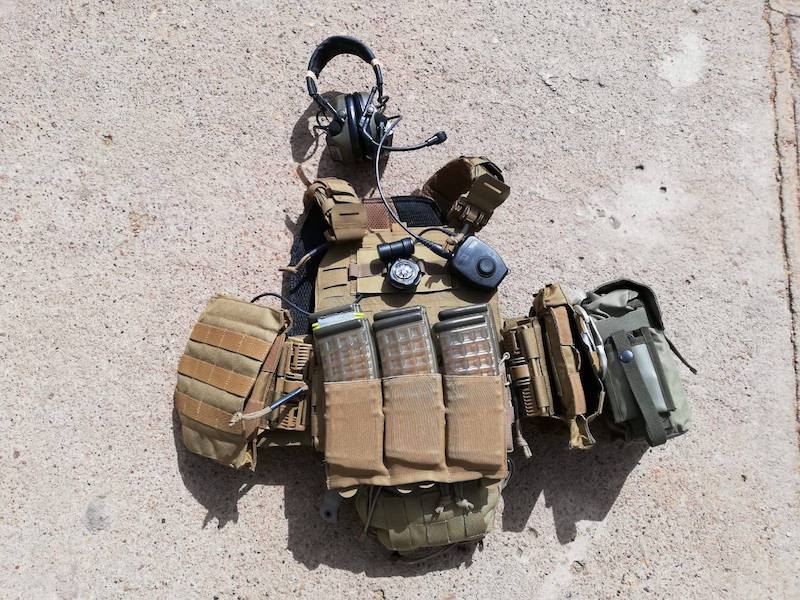
BASICS: What is a protective vest
Centuries ago, people were already looking for ways to protect themselves from dangers and harmful influences. Whether through hunting, war, or crime. Protective vests have always been made. We all know the image of the knight on a high horse. Enveloped in a steel armor or plate armor. Before that, hides and leather were processed into simple armor, which represented nothing more than a very primitive form of a protective vest.
Today, manufacturers have much better and higher quality materials and production processes available, and with the multitude of different providers offering various models, it is easy to lose track. Ballistic protective vests are often surrounded by a variety of myths and assumptions. In this article, security consultant Michael Zeitler explains the most important points and selection criteria for purchasing a suitable protective vest for individual security needs.
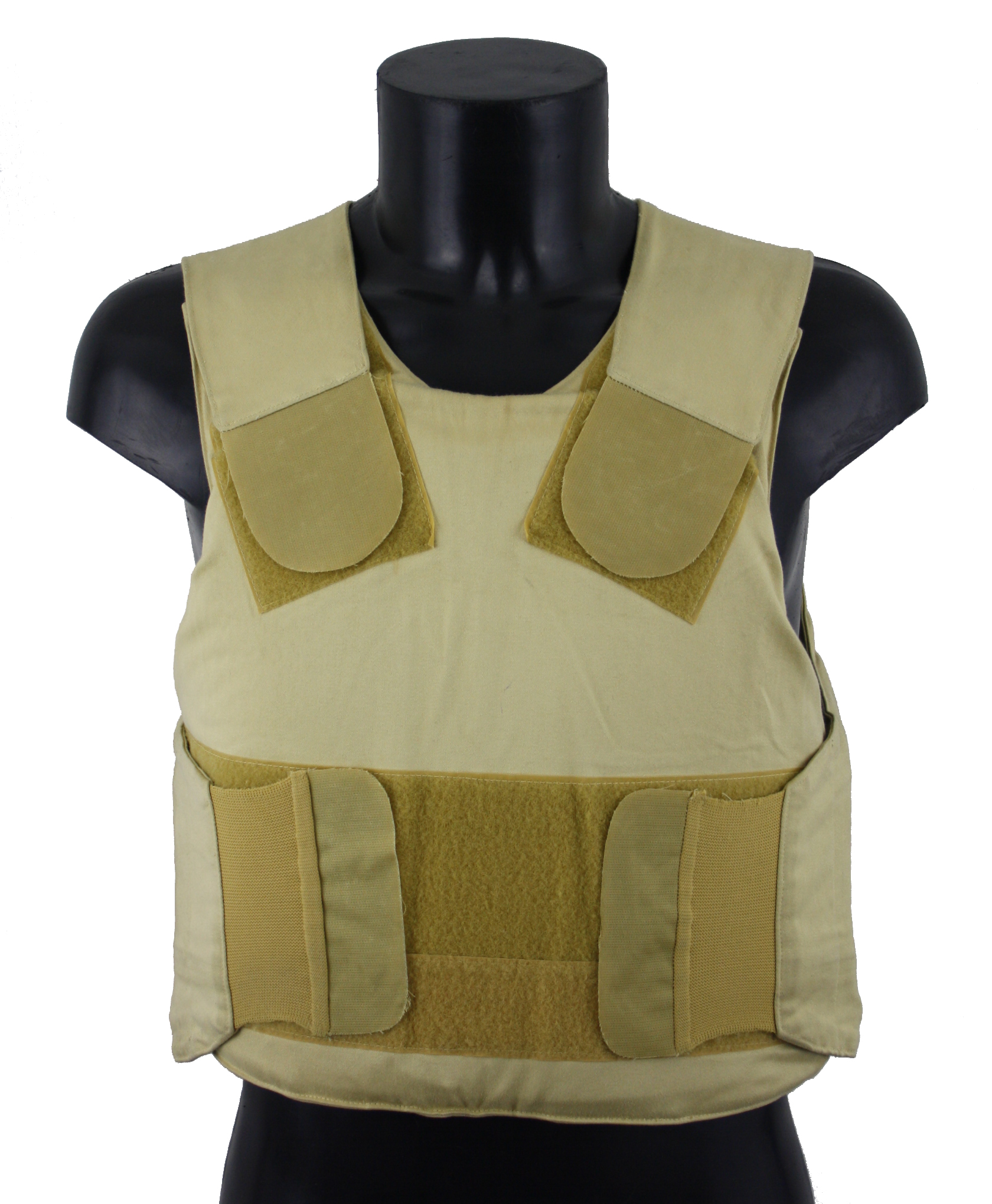 Definition: Ballistic Protective Vest
Definition: Ballistic Protective Vest
Safety is a feeling - but not only. There are no bulletproof vests. Laymen often feel "safe" at the thought of wearing a decommissioned "police vest". However, this is more than doubtful. For more on this, see below. If anything, there are bullet-resistant vests. We want to focus on the term "ballistic protective vest."
Such a vest protects the wearer up to the specified protection class from the lethal effects of projectiles. And here lies the key message: As a wearer of a protective vest, I only receive the chance to survive. However, a vest cannot be "bulletproof." One should be wary of providers and merchants who use terms like "bulletproof" or "bulletproof." These are often unscrupulous sellers with a lack of expertise.
Getting Started: Needs Analysis
To find a suitable protective vest, the personal need must first be determined. There is no "best vest" or "best protection class." All variations have corresponding advantages and disadvantages. It is important to know why the protective vest is needed for ballistic protection or, if necessary, stab protection.
The enormous energy absorbed by the vest on impact of the projectile still acts against the wearer's body despite high-quality materials. A so-called shock absorber greatly reduces this effect. Blunt trauma and sometimes serious injuries can still not be ruled out for a person hit.
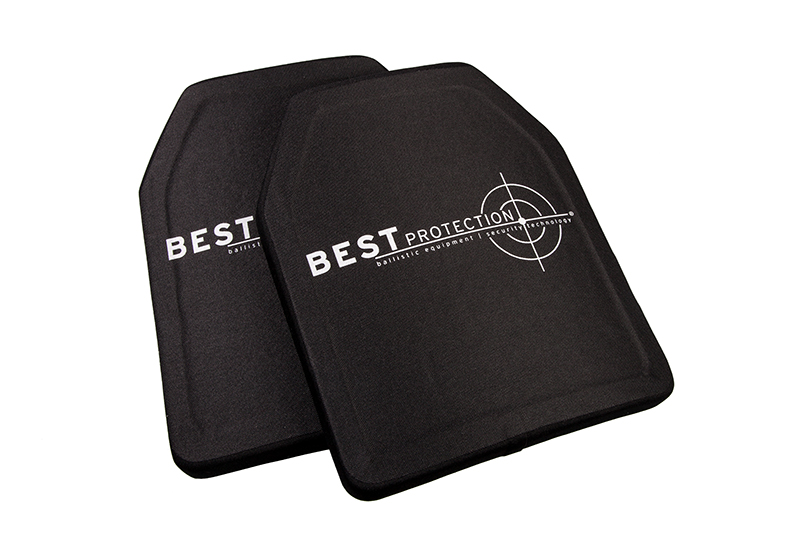 What protection class is needed?
What protection class is needed?
The following questions can help in selecting a suitable model:
- Do you need the vest for work or personal use?
- Do you want to protect yourself only against projectiles or also against stab wounds?
- Which attacks are likely or foreseeable?
- Do you wear the vest openly or concealed?
- Do you spend most of your time living and residing within Germany?
- Do you travel regularly to crisis or even war zones?
- How much money are you willing to spend?
These questions serve as a kind of checklist to sensibly narrow down the selection of products offered. Someone working as a security guard has different requirements than someone using it for personal use. Someone who is often abroad and especially in crisis areas, such as a journalist or reporter, naturally has a higher risk. However, open carry is not a problem in this case, and there are more options to retrofit so-called "hard ballistic inserts" and thus achieve a higher protection class.
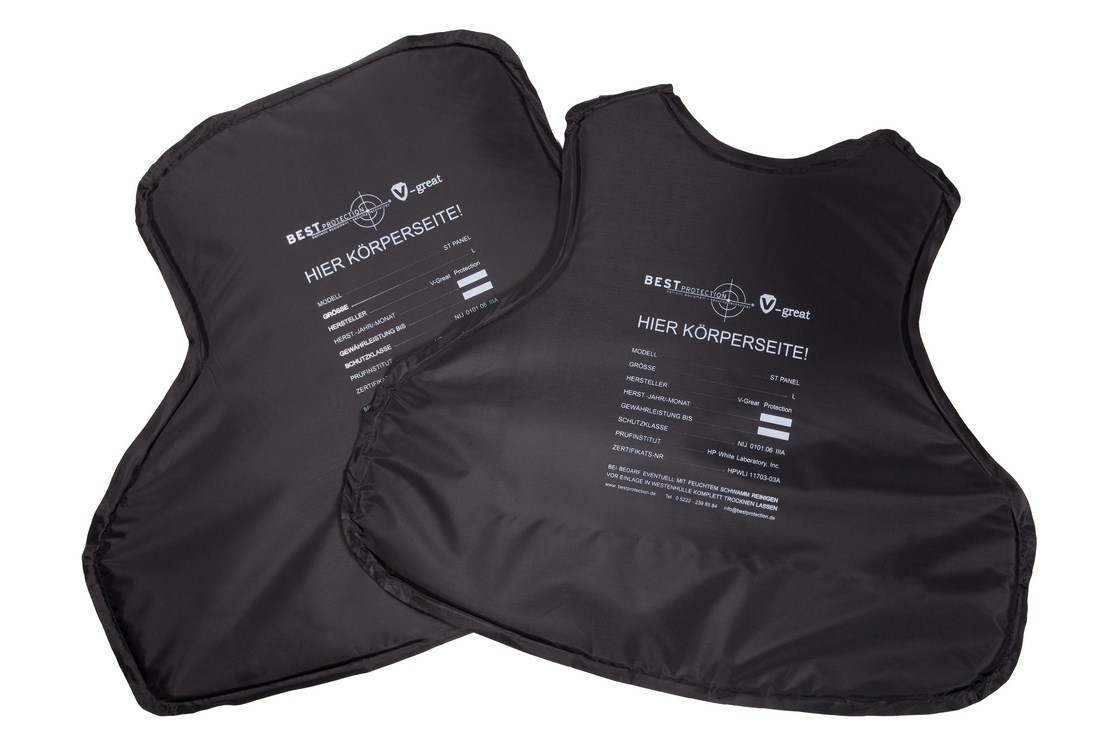 What protection classes are there?
What protection classes are there?
Now the most important questions regarding the selection of the appropriate protection class should be clarified. In Germany, there are a total of four official protection classes:
- Protection Class 1 (SK1): protects against common handgun ammunition
- Protection Class 2 (SK2): protects against handgun ammunition with hard core
- Protection Class 3 (SK3): protects against rifle ammunition
- Protection Class 4 (SK4): protects against rifle ammunition with hard core
There are also other standards to define the protection class. We will go into detail on this in separate articles. In summary, there is the US standard NIJ Lvl I to IV and the European standard VPAM 1-10.
Protection Class 1 is the most commonly used variation and is used, for example, among the police in Germany. In advance, it should be noted that a distinction can be made between the following two categories:
- Soft ballistic
- Hard ballistic
Ballistic protective vests are usually made using so-called aramids. Aramid fibers are known for their often very high tensile strength and elongation at break. They are also heat and fire resistant and do not melt at high temperatures. A well-known example is Kevlar, which has been used for decades in the production of protective clothing.
So why hard ballistic? In the case of low protection classes, where only soft ballistics have been processed, projectiles from conventional handguns can usually be intercepted. However, it does not look good for rifle projectiles (for example, Kalashnikov or other assault rifle calibers). For this, additional so-called hard ceramic plates are used. Either in an additional compartment of the protective vest cover or in so-called plate carriers as a stand-alone version.
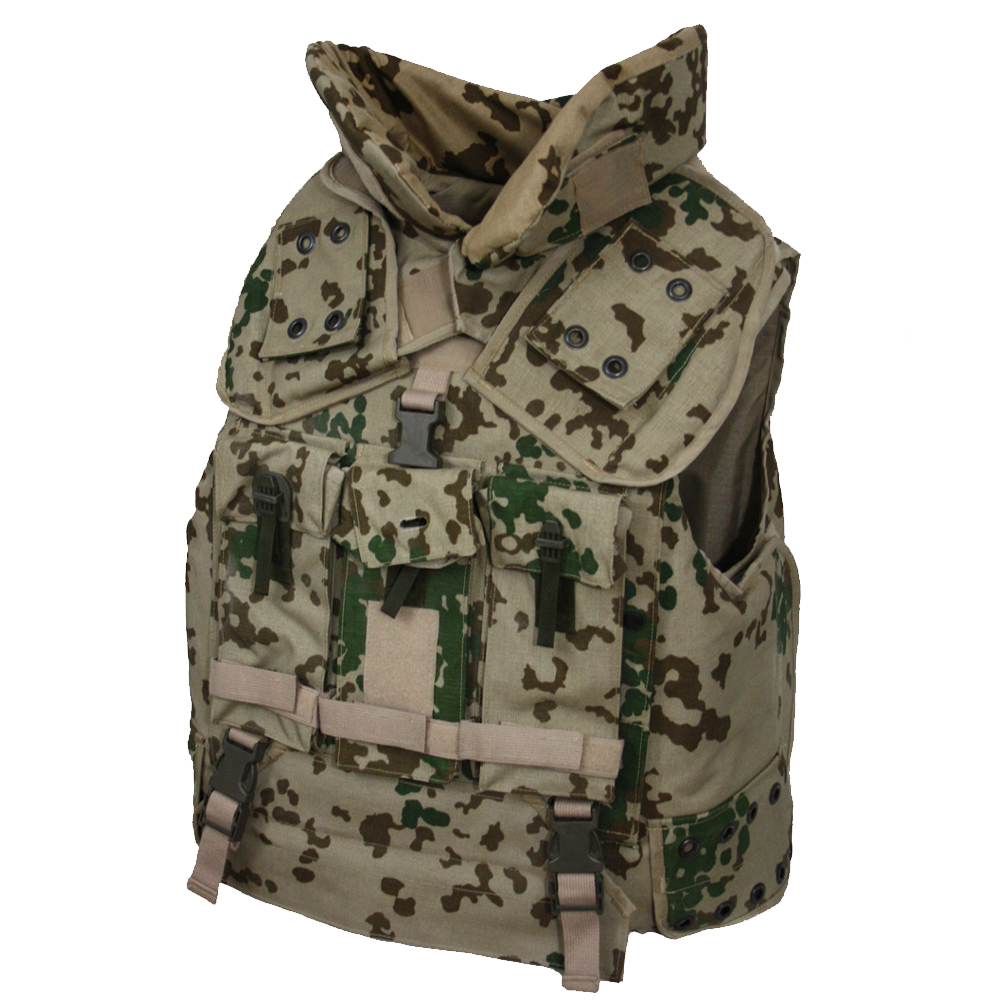 Open or concealed carry?
Open or concealed carry?
The question actually answers itself. If you are not a member of the relevant authorities, you should definitely carry the protective vest concealed. In addition to the aspect of increased visibility (also towards the police), a potential attacker could otherwise aim specifically at unprotected body parts. This is not evident when carrying concealed.
Note: Do not under any circumstances buy cheap models or so-called "police vests." These are often decommissioned models. Why is that so? The materials used lose their protective properties after five to ten years. This process is additionally accelerated by direct exposure to UV light. You should always buy a ballistic protective vest new, never used.
It is very important to know that stab protection can only be achieved with additional inserts. A protective vest with protection class 1 alone does not protect against attacks with knives or other stabbing weapons. There are two options for this.
Upgrading a Ballistic Protective Vest
If ballistic protection from projectiles is the focus for the wearer, they can first buy a suitable vest and then upgrade it afterwards. It is important to clarify with the dealer before purchase whether upgrading the protective vest with stab protection inserts is possible.
Alternatively, you can buy a protective vest cover and individually equip it with shock absorbers, for example, SK-1 inserts, as well as stab protection options. However, this requires a certain level of expertise and experience. This option is not recommended if the prospective buyer has never dealt with the topic before.
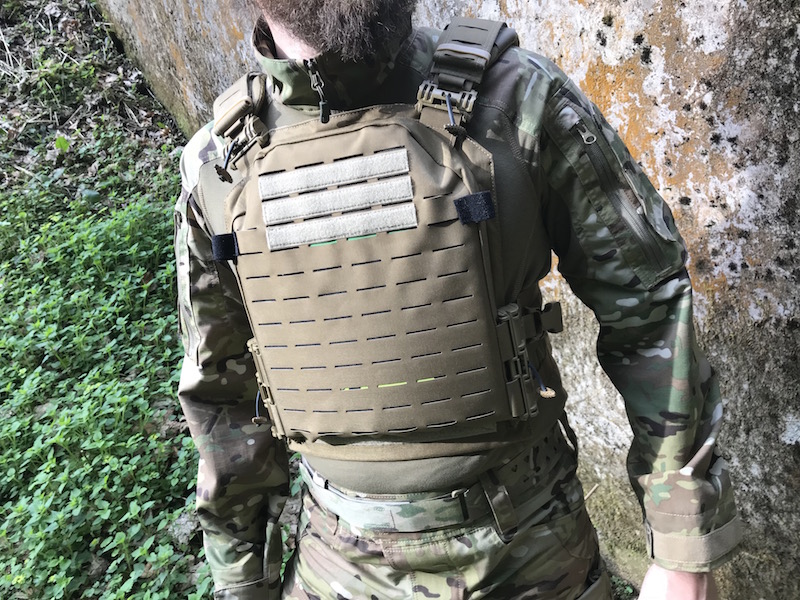 Compare Different Offers
Compare Different Offers
Now there is nothing standing in the way of buying your protective vest. Due to the high acquisition costs in the three to four-figure range, it is advisable to compare offers from different dealers:
- Visit dealers in person and have them advise you according to your individual requirements and needs. Avoid providers or sellers who want to offer you "police vests" or the like.
- Plan a budget of around €400 for ballistic protective vests of protection class 1. If you need additional hard ballistic or stab protection inserts, it will be more expensive accordingly.
- Once you have chosen a reputable provider, have your size determined to measure. Never buy "off-the-shelf" models based on standard measurements. Especially for longer wear, it is important that everything fits as it should.
- Invest in breathable functional underwear and wear it under the actual vest. Otherwise, there may be unpleasant skin irritations or rashes.
Safety Note: Never wear the protective vest over zippers or buttons! In the event of an incident, these greatly increase the trauma effect and can lead to severe (internal) injuries.
CONCLUSION: A ballistic protective vest is a sensible option to protect against armed attacks and threats. Quality always has its price - this applies especially in relation to supposed bargains. Cheap models ("police vests") should be avoided under all circumstances. Question the statements of sellers and, if in doubt, contact a knowledgeable or expert who can advise you on the selection of a suitable model. Also, keep in mind that this article cannot replace personal advice on the subject but serves as a guideline and reference
You can find a good selection of protective vests and accessories at Best Protection
We have introduced the new SPARTANAT category BASICS for you. With this, we present the basics you have always wanted to know how they work.
SPARTANAT is the online magazine for Military News, Tactical Life, Gear & Reviews.
Send us your news: [email protected]
Ad
similar
Get the weekly SPARTANAT newsletter.
Your bonus: the free E-Book from SPARTANAT.


